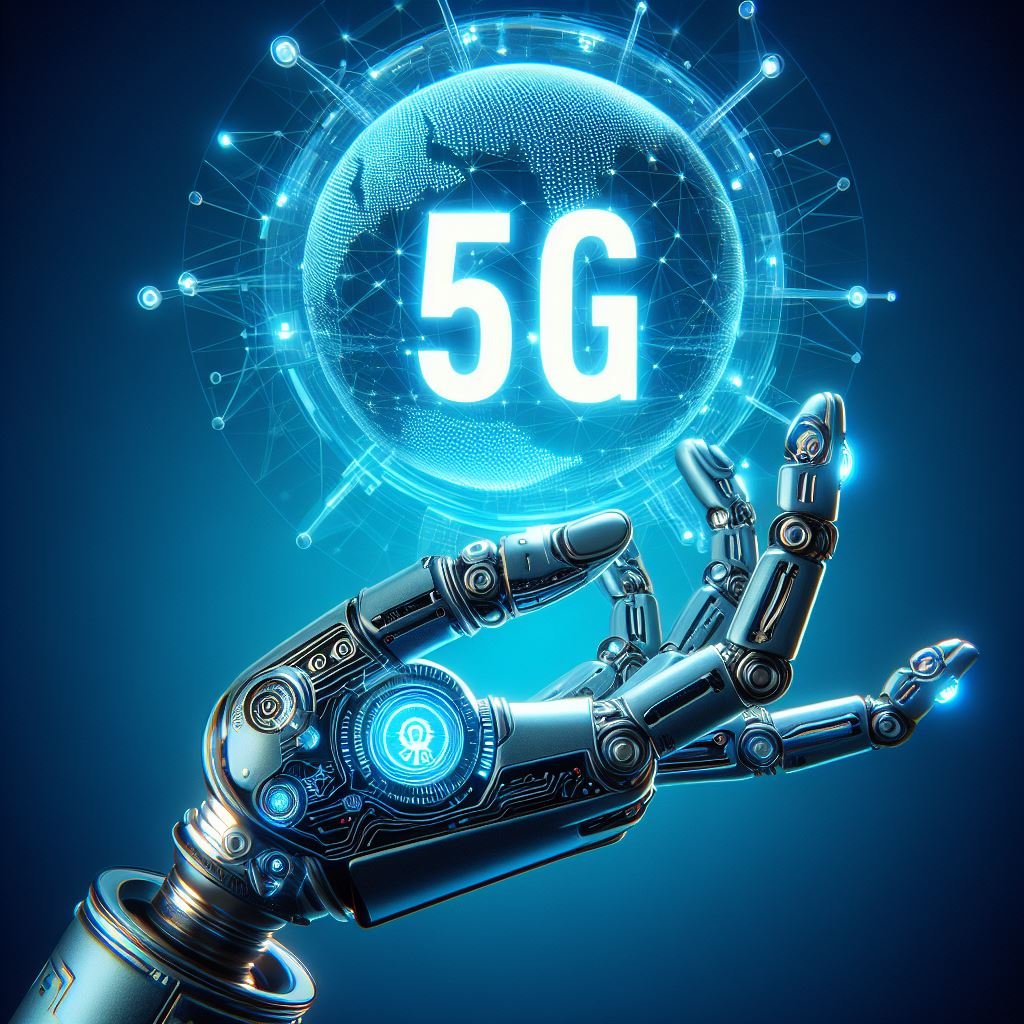As the world prepares for the next revolution in wireless communication, 5G Technology is
poised to transform the way we live, work and interact with data transfer rates reaching up to
20Gbps, significantly outpacing 4G’s 100 Mbps. It’s impact will be profound. To unlock it’s full
potential, understanding the underlying scientific principles powering 5G technology is
crucial. Now, let’s dive into these fundamental concepts. With this foundation in place, we’ll
explore the key components of 5G Architecture

ELON MUSK, “5G is a necessary step to enable widespread adoption of technologies like autonomous vehicles, smart cities and more…”
5G technology, the fifth generation of wireless communication systems, represents a significant
leap in connectivity, speed, and efficiency compared to previous generations. Here’s the science
behind it:
Key Features of 5G Technology:
Higher Frequencies (mm Wave): 5G uses a broader range of frequencies, including millimeter waves (24–100 GHz), which offer high bandwidth but shorter range. Lower bands (below 6 GHz) provide better coverage and
penetration.
Massive MIMO (Multiple Input, Multiple Output): 5G employs massive MIMO technology, using multiple antennas to transmit and receive data simultaneously. This boosts capacity, speed, and reliability.
Beamforming: Instead of broadcasting signals in all directions, 5G uses beamforming to direct signals
Advantages of 5G Over Previous Generations
Key Advantages:
- Faster Data Speeds:
5G delivers up to 10 times faster speeds, enabling quick downloads, seamless streaming, and real-time gaming. - Ultra-low Latency:
With latency as low as 1 millisecond, 5G supports critical applications like autonomous driving and remote surgery. - Higher Device Density:
5G can connect significantly more devices per square kilometer, making it ideal for Iot
eco-systems like smart cities. - Improved Energy Efficiency:
Advanced technologies in 5G networks optimize energy usage, benefiting both users and
operators. - Enhanced Reliability:
By using advanced signal processing and beamforming, 5G ensures more stable and reliable connections.
Potential Applications of 5G and Its Impact…

5G technology has transformative potential across various sectors, influencing gadgets,
industries, and society. Here’s an overview:
Applications in Different Sectors:
- Consumer Gadgets
Smartphones and Wearables:
5G enhances user experiences with ultra-fast downloads, seamless streaming, and real-time cloud gaming.
Augmented and Virtual Reality (AR/VR):
Real-time interaction in AR/VR apps for gaming, education, and remote work becomes possible with 5G’s low latency.
Smart Home Devices:
Better connectivity for Iot devices like smart speakers, cameras, and appliances improves
automation and security. - Healthcare:
Telemedicine:
Enables high-definition video consultations and remote diagnostics, especially in rural areas.
Remote Surgery:
Surgeons can operate on patients remotely using robotic tools, supported by 5G’s low latency.
Wearable Health Monitors:
Real-time tracking and alert systems for critical health metrics improve patient care. - Transportation and Automotive
Autonomous Vehicles:
5G facilitates car-to-car and car-to-infrastructure communication, improving safety and traffic management.
Smart Transportation Systems:
Real-time data sharing for traffic control, parking, and public transport optimization. - Industry and Manufacturing:
Industrial IoT (IIoT):
Enables smart factories with automated machinery, predictive maintenance, and real-time
monitoring.
Supply Chain Management:
Improved tracking of goods and inventory with minimal delays. - Entertainment and Media:
Cloud Gaming:
5G supports low-latency gaming with no need for high-end hardware, making gaming
accessible on mobile devices.
Ultra-HD Streaming:
Seamless 4K and 8K streaming becomes the norm, even on mobile networks. - Smart Cities:
Efficient Utilities:
IoT devices connected via 5G optimize energy grids, water distribution, and waste
management.
Public Safety:
Real-time surveillance, emergency response coordination, and disaster management improve city safety. - Education:
Enhanced Online Learning:
AR/VR applications in education create immersive experiences, and 5G ensures uninterrupted access to resources.
Remote Labs and Experiments:
Students can perform virtual experiments with real-time feedback.
Impact on Gadgets:
Increased Interconnectivity:
More devices, such as AR glasses, advanced wearables, and IoT gadgets, will emerge with
enhanced capabilities.
Energy Efficiency:
5G-powered gadgets will use energy more efficiently, leading to longer battery life.
Cloud-Dependence:
Gadgets will rely more on cloud storage and computing, reducing the need for high local
processing power.
Impact on Society:
Economic Growth
New Jobs:
5G networks will create jobs in telecommunications, app development, and IoT device
manufacturing.
Boosted GDP:
In conclusion, the science behind 5G technology has revolutionized the way we communicate and interact. With its faster speed, lower latency and greater connectivity, 5G is poised to transform industries and improve lives. As we look to the future, the possibilities for 5G are endless and it’s impact will be felt for generations to come…






Leave a Reply